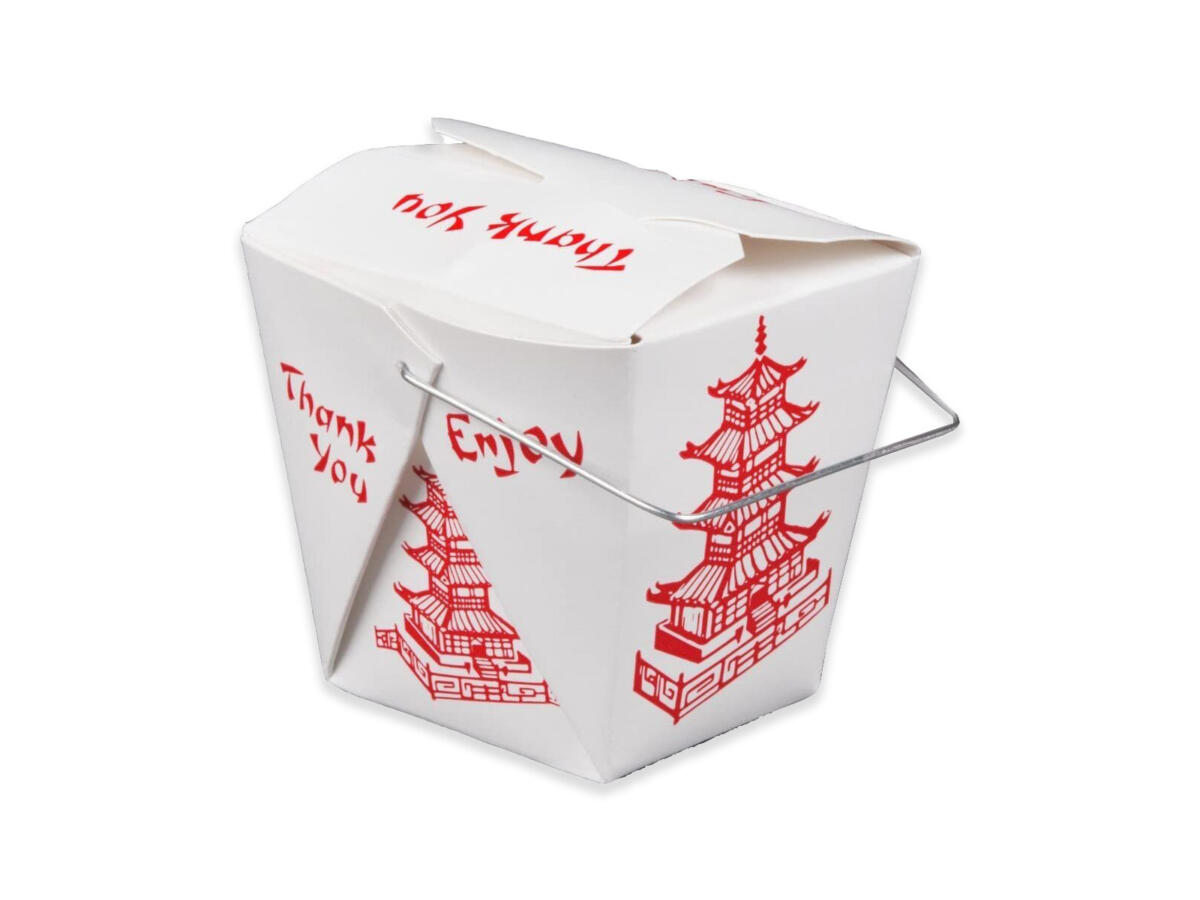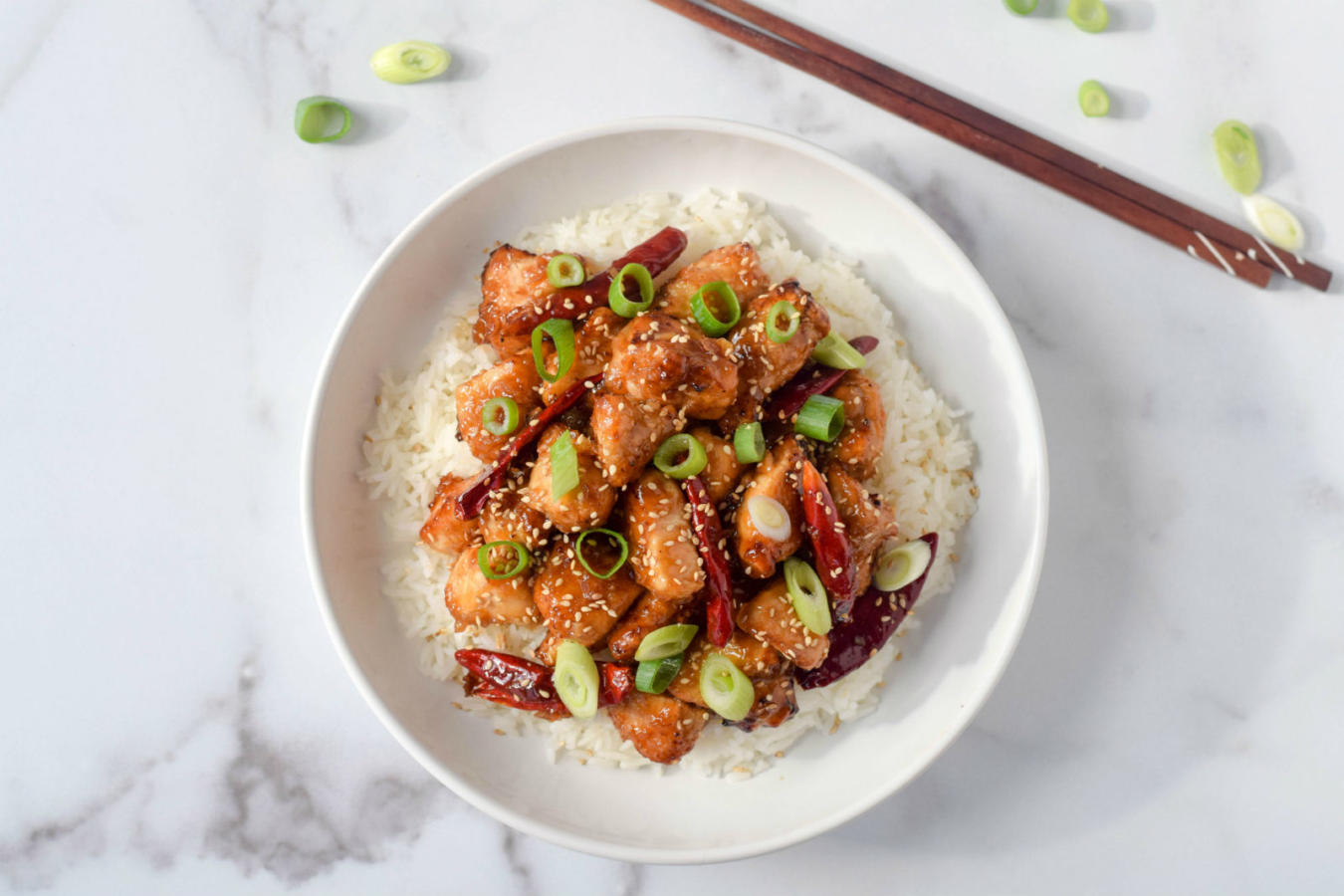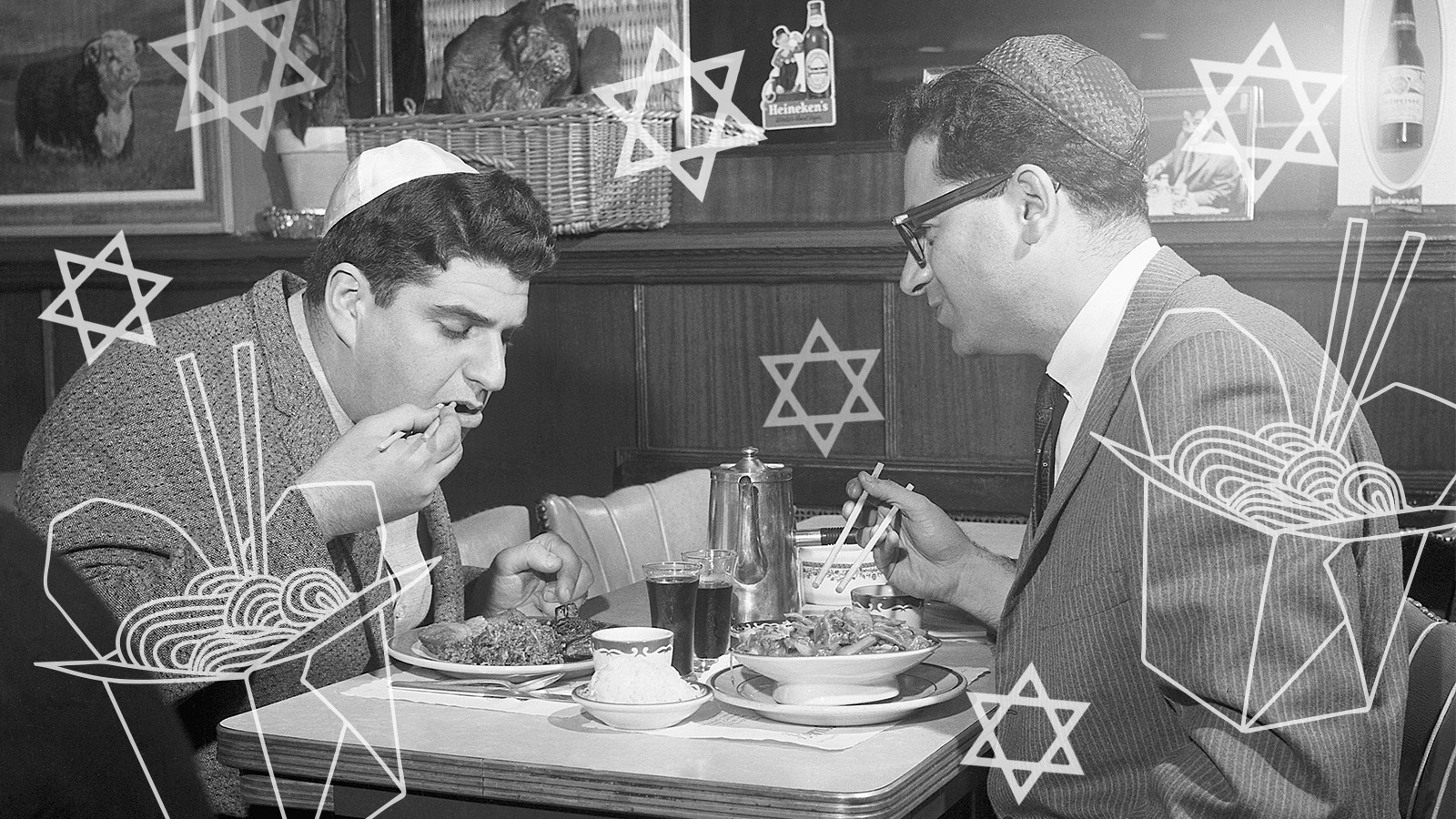Here’s what we know: Jews eat Chinese food. North American Jews did so in the early 20th century, when Ashkenazi immigrants lived near Chinese immigrants in New York’s Lower East Side. We do so today on Christmas. And some of those Chinese-food-eating Jews keep kosher. So, we have kosher Chinese restaurants. The most natural thing in the world.
What’s a little murkier is when the need for kosher Chinese restaurants announced itself, and who took the lead on bringing them to fruition.
Those Ashkenazim frequenting Manhattan’s Chinatown were participating in what University of Connecticut sociology professor Gaye Tuchman calls “safe treyf:” There was no mixing of meat and dairy, because Chinese food uses little to no dairy. Treyf ingredients such as pork and shellfish were often fine-chopped and hidden away inside dumplings or egg rolls, according to a piece Tuchman co-authored with Harry Levine, “New York Jews and Chinese Food: The Social Construction of an Ethnic Pattern,” an article in Volume 22 of Contemporary Ethnography.
“I went to Brandeis University,” Tuchman said during a recent phone call. “A whole bunch of us from my floor when I was a freshman… went into Waltham, to a Chinese restaurant. And two of us had a problem, because two of us kept kosher. And the solution was to pull the pork out of an eggroll if you saw it.”
The Nosher celebrates the traditions and recipes that have brought Jews together for centuries. Donate today to keep The Nosher's stories and recipes accessible to all.
Safe treyf isn’t just a cute phrase, in other words. It’s something Tuchman, a descendant of Ashkenazi immigrants, lived. She posits that even Jews who didn’t keep kosher were turned off by the mixing of dairy and meat because it simply wasn’t something they would have grown up with. But Chinese food quite quickly became something Ashkenazi immigrants and their children did grow up with.
“I think that the first or second kind of restaurant I ever ate out of that, that wasn’t a kosher deli, was probably a Chinese restaurant,” she said.
And so, throughout the 20th century, we see that Jews ate Chinese food whether it was kosher or not, which deepens the mystery of how and why kosher Chinese restaurants came about.

It seems that before there were kosher Chinese restaurants, there were kosher restaurants that served a bit of Chinese food, and some restaurants that served some kosher dishes, some Chinese and some other items as well — maybe casting a wide net to appeal to a variety of immigrant groups. For example, ads in several 1948 editions of the Detroit Tribune tout that a kosher luncheonette called Holiday Dinning [sic] Room serves Chinese and creole food, in addition to spaghetti. (The ad also brags that the restaurant is “specializing in shrimps,” so take its claims of kashrut with a grain of salt.)
A few 1954 editions of the Key West Citizen also proclaim that Einhorn’s Deli serves kosher, Chinese and Cuban food.
The restaurant largely credited as the first kosher Chinese — Bernstein-on-Essex, also known as Schmulka Bernstein’s — follows that model. It opened as a kosher deli in 1957 and began serving Chinese food in 1959. Its owner, Solomon Bernstein, was Jewish, and so were most of the clientele, at least judging by a 1970s ad, but many of the staff were Chinese. Roumanian pastrami made its way into some Chinese dishes. Lo mein Bernstein was made with chicken livers.
Schmulka Bernstein’s, named after Solomon’s father, who was a butcher, stayed open until the 1990s, inspiring at least some members of a new generation.
“I, like many others, went to Schmulka Bernstein’s growing up,” said Elie Katz, co-owner of Chopstix, a kosher Chinese restaurant in Teaneck, New Jersey. “Like many others, we got our car broken into. Part of the experience when you go there, when you’re that age.”
One of the more well-known Jewish-owned kosher Chinese restaurants to follow in Schmulka Bernstein’s footsteps was Moshe Peking, which opened in Manhattan’s Garment District in 1978. Its owner, Martin Soshtain, told the New York Times that he had hired a Shanghai-born chef who was working at a resort in the Catskills and so knew how to cook kosher. The Times article says that sea bass stood in for shellfish, veal for pork and pastrami for ham.
Katz also hired a Chinese chef when he opened Chopstix in 1996. He says that, above all else, he wanted to open a great Chinese restaurant that would appeal to people of all backgrounds. He points out that keeping kosher and cooking everything to order made Chopstix especially well-suited to accommodate other dietary restrictions, from low-fat to gluten-free.
“We actually have people that give us bottles of their soy sauce that they buy,” Katz says. “We put their name on it, and then they place the order and they’re like, ‘Please use Mrs. Stein’s gluten-free soy sauce.’”

Chopstix also offers a few Korean menu items; many of the contemporary kosher Chinese restaurants do offer sushi and other dishes from East and Southeast Asia — menus at these places can resemble a pan-Asian, non-kosher restaurant. Like their predecessors, they’re trying to reach a broad audience.
It’s hard to get a count of how many kosher Chinese restaurants there are. Different kosher certifications will obviously list different restaurants, and often vegan Chinese restaurants get lumped in with the kosher on sites like Yelp. It’s even harder to get a handle on which ones have Jewish ownership, and whether any have Chinese owners, Jewish or otherwise.
What’s clear, though, is that these aren’t relics of the past, frozen in time. Katz says he has second and even third generations coming into the restaurant, in addition to a thriving catering business. The Cho-Sen local chain of kosher restaurants in New York City opened a new spot late last year. If I had to guess, I’d estimate a hundred or so kosher Chinese restaurants exist in the U.S., with the great majority in New York City and its suburbs. Los Angeles comes in second. It may not sound like a lot — a drop in the ocean of 45,000 Chinese restaurants nationwide — but it’s a lot more than we had a century ago.
As far as why they started cropping up when they did, that’s probably just down to someone needing to be first. And for that, we thank Sol Bernstein.



